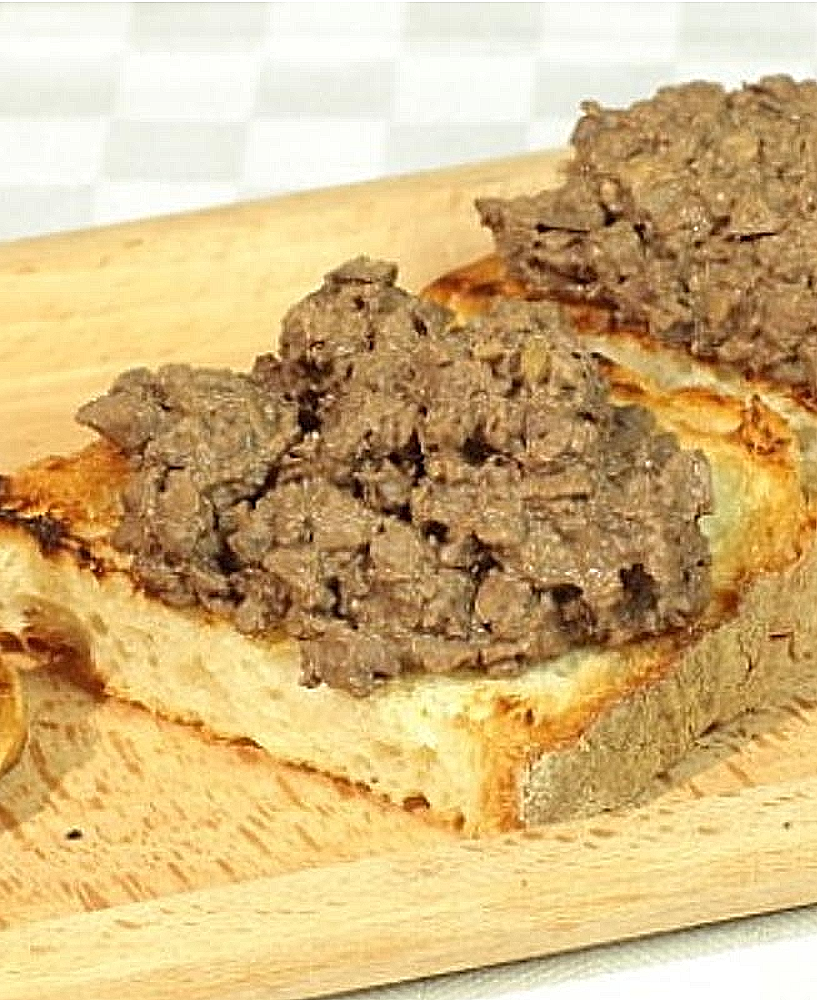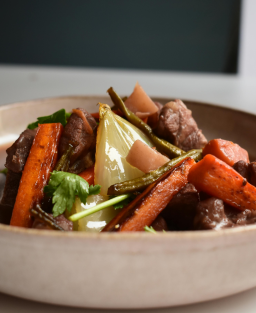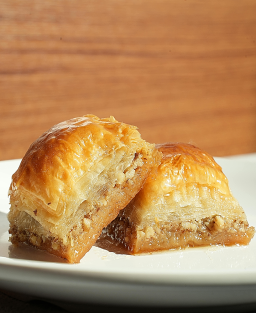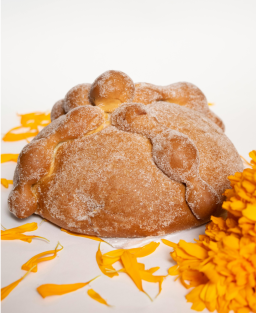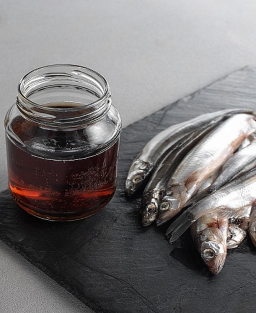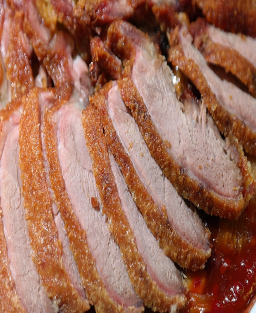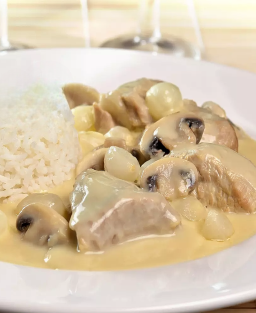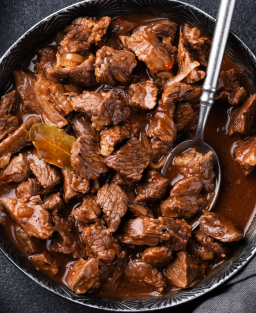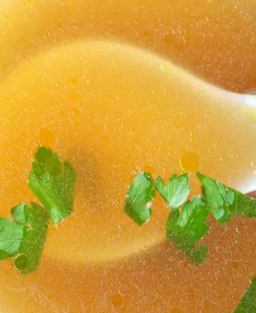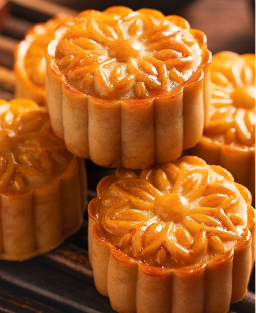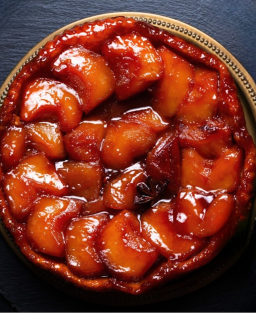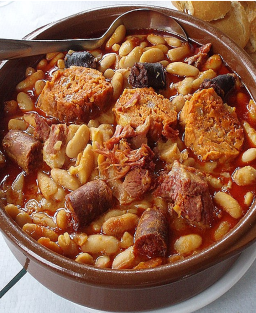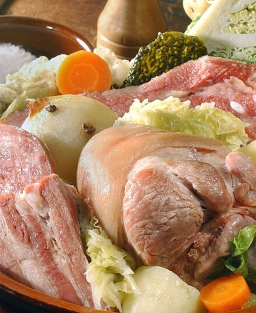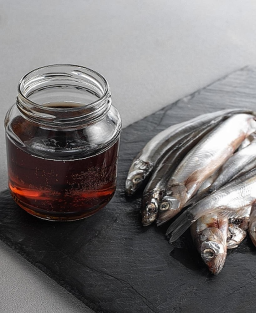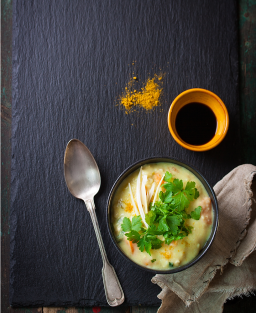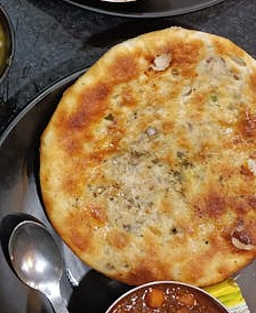Ragù di fegatini according to L’Apicio Moderno by Francesco Leonardi – poultry liver ragout
Ragù di fegatini according to L’Apicio Moderno by Francesco Leonardi – poultry liver ragout
Introduction
"Ragù di fegatini" by Francesco Leonardi, an 18th-century chef, is renowned for his mastery of European cuisine and his innovations, including the introduction of tomato into ragù. This dish perfectly illustrates the refined cooking of the period, characterized by concentrated broths and carefully crafted sauces. Poultry livers provide a rich flavor and unique texture, while spices and a complex meat stock create remarkable depth of taste. The addition of tomato, mentioned by Leonardi in L’Apicio Moderno (1807), marks a key step in the evolution of ragù toward modern versions.
Country / Region
-
Country: Italy
-
Region: Rome and Central Italy
-
Official status: none
-
Inventor: Francesco Leonardi
-
Specifications: Yes
-
Details “Leonardi 1807”:
-
Mandatory ingredients: fresh poultry livers, onion, butter or lard, meat stock, dry white wine, cinnamon, thyme, bay leaf
-
Optional ingredients: tomato paste, nutmeg
-
Methods: slow and gentle cooking, searing the livers, adding spices and stock, simmering 20-30 minutes, light thickening if desired
-
Utensils: heavy skillet or saucepan, wooden spoon
-
Containers: deep plate or small bowl for serving
-
-
-
Certification body: Francesco Leonardi (historical reference)
History
-
Origin: codified by Leonardi in L’Apicio Moderno (1807), Rome, Central Italy. A festive dish with mild spices and rich meat stock.
-
Evolution: originally without tomato, the recipe incorporated this ingredient to add depth and modernize the ragù. White wine and a light cream are sometimes added to soften the taste.
-
Emblematic chefs:
-
Francesco Leonardi – codification and introduction of tomato
-
Ada Boni – modern adaptation with shorter simmering and smooth texture
-
Massimo Alberini – gastronomic valorization and terrines
-
Legend / Anecdote
The poultry liver ragù surprised diners with its mild cinnamon, reflecting Eastern influences on 18th-century European haute cuisine. Served at Roman banquets, it symbolized refinement and richness at Italian tables.
Notes
-
This recipe exemplifies late 18th-century cuisine with refined broths and highly worked sauces.
-
Poultry livers provide rich flavor and unique texture.
-
Leonardi’s ragù may seem simple, but spices and complex stock create extraordinary depth of taste.
-
The introduction of tomato by Leonardi in L’Apicio Moderno (1807) is a key step in the evolution of ragù.
Gastronomic Description
Smooth poultry liver ragù with a glossy sauce and subtle, spiced notes. Tender texture and complex flavors. Served hot, ideal as an appetizer or light main course, accompanied by bread or fine pasta.
Ingredients
| Ingredient | Quantity | Approx. weight (g) |
|---|---|---|
| Poultry livers (fegatini) | 500 g | 500 g |
| Onion | 1 | 100 g |
| Butter or lard | 50 g | 50 g |
| Meat stock | 500 ml | 500 g |
| Dry white wine | 1 glass | 100 ml |
| Thyme | 1 small sprig | 1 g |
| Bay leaf | 1 | 1 g |
| Salt and pepper | to taste | – |
| Flour (optional) | 1 tbsp | 10 g |
| Cinnamon | 1/2 tsp | 1 g |
| Grated nutmeg (optional) | 1/4 tsp | 0.5 g |
| Tomato paste (optional) | 1 tbsp | 15 g |
Modern variations: smoked bacon, light cream at the end of cooking, wine reduction for a more concentrated sauce.
Preparation and Cooking Time
-
Preparation: 15 minutes
-
Cooking: 35 minutes
-
Total time: 50 minutes
Detailed Preparation
-
Prepare the livers
-
Clean, remove membranes and veins, cut into uniform pieces.
-
Optional: marinate for 30 minutes in a little white wine.
-
-
Cook the onions
-
Melt butter or lard in a heavy skillet or saucepan.
-
Add finely chopped onion and cook 5-7 minutes until translucent and golden.
-
-
Sear the livers
-
Add the livers and lightly brown over medium heat on all sides.
-
-
Prepare the ragù
-
Sprinkle flour if slight thickening is desired.
-
Add hot stock and white wine.
-
Add cinnamon, nutmeg, thyme, and bay leaf.
-
Simmer gently 20-25 minutes until the sauce thickens and livers are tender.
-
-
Finishing
-
Add tomato paste for color and depth (optional).
-
Adjust seasoning with salt and pepper.
-
For a gastronomic touch: reduce 5 more minutes for concentrated flavor.
-
Gastronomic Presentation
-
Serve sauce over livers in a deep plate.
-
Optionally decorate with fresh thyme sprig or micro herbs.
-
Accompaniments: toasted bread, fine pasta, creamy polenta.
-
Modern variant: edible flower petals for aesthetic finish.
Wines and Beverages
-
Light red wine: Chianti, Montepulciano
-
Dry white wine from Central Italy
-
Light herbal infusion or flavored water
Chef Tips
-
Monitor liver cooking to keep tender and juicy.
-
Only thicken slightly if necessary; sauce should remain fluid and glossy.
-
Variations: smoked bacon or light cream for softer texture.
-
Common mistakes: overcooking, skipping onion browning, seasoning too late.







